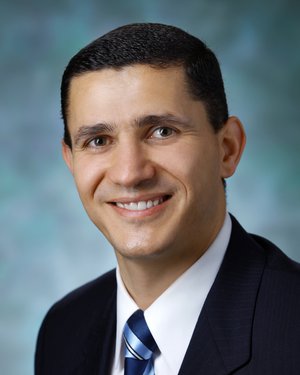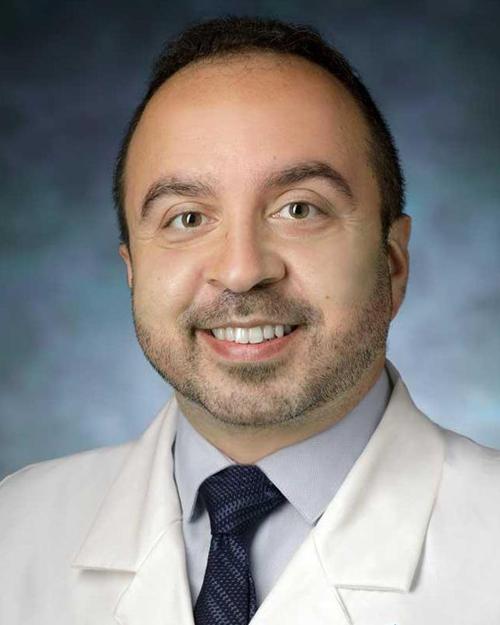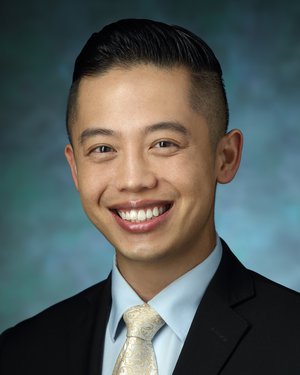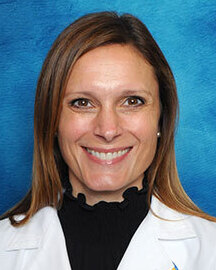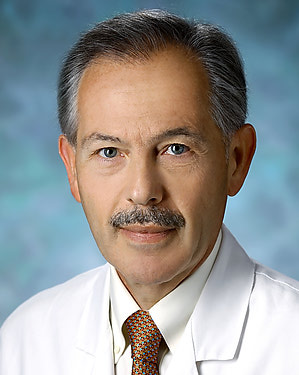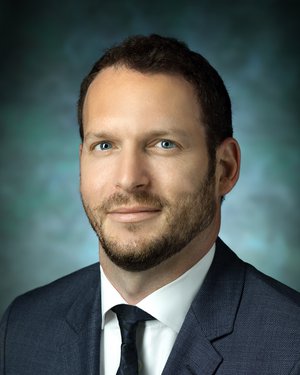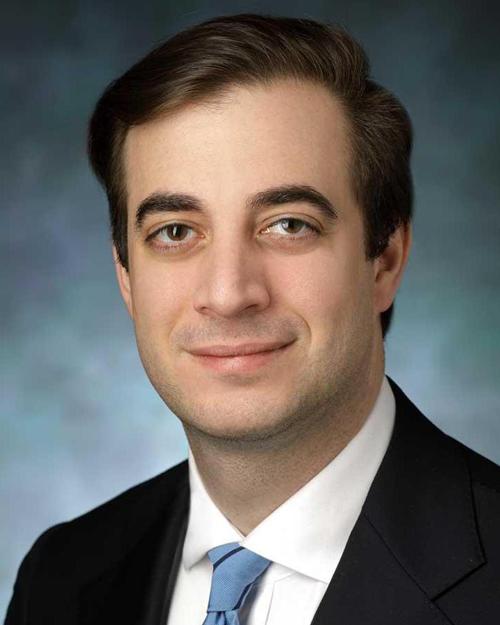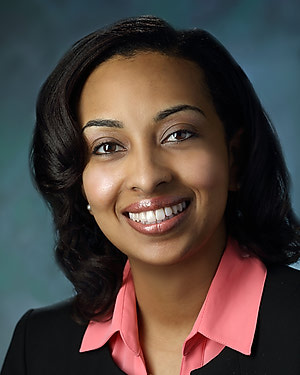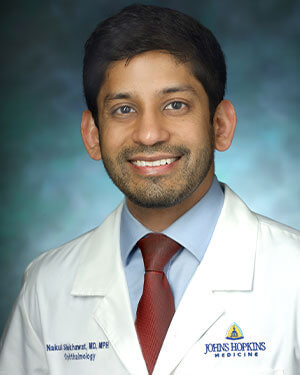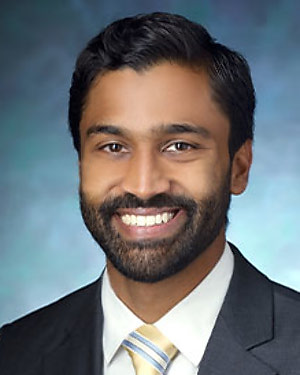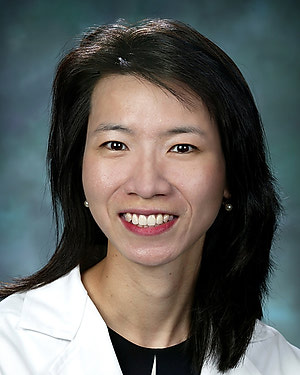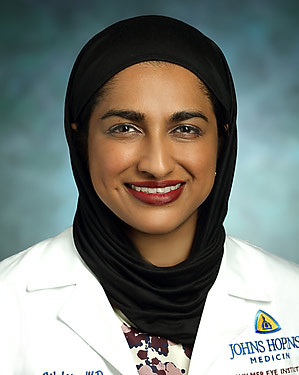Current Research in Cornea, Cataract and External Diseases
Areas of Research
Dr. Soiberman’s lab focuses on the biology of progressive keratoconus and the development of novel treatments for this visually disabling disease. His findings implicate aberrant Wnt signaling in the corneal epithelium with disease progression and suggest that WNT10A leads to changes in the corneal collagens, which lead to keratoconus. His goal is to increase the amount of collagen in the cornea in order to prevent worsening of keratoconus. Overall, his clinical research in keratoconus focuses on optimizing surgical treatments to address the patient, especially in the setting of corneal collagen crosslinking and corneal transplants for keratoconus.
Dr. Shekhawat is developing telemedicine technologies for diagnosing anterior segment diseases such as cataract and corneal blindness among rural patients who have difficulty getting to in-person eye doctor appointments. He also uses cutting-edge imaging research on corneal infections to measure disease severity, determine whether treatments are effective and predict patient outcomes.
Dr. Srikumaran’s research interests include assessing the outcomes and factors associated with various corneal surgeries, including corneal transplants, using big data sources such as administrative claims and electronic health and registry data. She is a very engaged clinician who is also actively involved in several multicenter clinical trials.
Diagnosis of Sjögren’s disease among patients with dry eye remains challenging mainly due to the lack of definitive diagnostic tests. Dr. Akpek is investigating the role of different ocular surface parameters in determining the Differences in Corneal Structure and Function in Patients with Sjögren’s vs. non-Sjögren’s Dry Eye. Additionally, she is taking part in a multicenter study in which patients with Sjogren’s dry eye are being evaluated for corneal neurosensory abnormalities.
Dr. Kuo’s primary research initiatives include clinical outcomes of laser refractive surgery, wound healing after keratorefractive procedures, and the evaluation and treatment of infectious corneal diseases. She is a co-principal investigator of an NIH grant supporting Cochrane Eyes and Vision-United States. As author and editor, she produces Cochrane reviews on treatments and diagnostic testing for eye disease that are considered the gold standard of systematic reviews. In addition, Dr. Kuo worked with Occupational Health, Virology and Hospital Epidemiology and Infection Control at Johns Hopkins to develop a new policy to quickly diagnose employees with a highly contagious and damaging form of viral conjunctivitis (“pink eye” or “red eye”), so that they can be sent home and not spread disease to patients and other employees. Dr. Kuo’s work encouraged other hospital systems to adopt her policy.
Dr. Eghrari’s research focuses on understanding the nature of corneal dystrophies and Ebola eye disease through collaborative research across the country and around the world. More broadly, it draws on principles of innovation, collaboration and justice to build advances in ophthalmology both locally and globally. These include new methods of building corneal transplants through induced pluripotent stem cells, new devices and techniques for corneal transplantation, and artificial intelligence algorithms to more accurately assess corneal health. Dr. Eghrari also collaborates with veterinary ophthalmologists to help dogs with blindness from canine corneal dystrophy to see again.
Dr. Mohammed’s research focuses on clinical refractive surgery in order to improve refractive outcomes for patients having cataract, corneal or refractive surgery. His research is also on the use of anterior segment optical coherence tomography to detect eyes at risk for developing corneal ectasias in order to reduce long-term complications following refractive surgery. Additionally, he studies global barriers to refractive, cataract and corneal surgery with hopes to reduce the worldwide burden of blindness.
Dr. Schein uses epidemiologic techniques to assess the outcomes and complications of ocular surgery, risk factors for major eye diseases and evidence-based improvement in quality and safety of ophthalmic care and surgery.
Dr. Sikder is the director of the Center of Excellence for Ophthalmic Surgical Education and Training and has a faculty appointment in the Johns Hopkins Malone Center for Engineering in Healthcare. Dr. Sikder’s research focus is on using artificial intelligence to improve surgeon skill and elevate standards of surgical care globally.
Dr. Sulewski is pursuing personalized cell-based treatments for corneal endothelial disease. He is also studying the outcomes of intraocular lenses placed in complex eyes, as well as the role of amniotic membranes in corneal wound healing.
Dr. Woreta’s research interests include innovations in medical education, quality improvement and high-value care in ophthalmology, as well as the epidemiology and clinical outcomes of cataract and corneal surgeries and ophthalmic trauma. She holds a number of national leadership positions, including being chair of the Program Directors Council of the Association of University Professors of Ophthalmology, immediate past president of the American Society of Ophthalmic Trauma and president-elect for the Maryland Society of Eye Physicians & Surgeons.
Dr. Yiu has been involved with lacrimal gland research for over 20 years. His laboratory has been engaged in the development of an artificial lacrimal gland since 2001, with the goal of finding a cure for dry eye. In addition, he’s involved in studying corneal limbal stem cells, developing an artificial cornea using biomaterial and developing a nano-drug delivery system. Dr. Yiu’s goal is to find a cure for cornea blindness, a leading cause of blindness globally. His team has developed several animal models, including rat and rabbit models for dry eye, chemical injury and cornea injury. Translation research non-GLP efficacy and toxicity evaluation of temporary corneal stabilization kit in a rabbit model of ocular traumatic injury leading to validation of the Ocupair gel as a corneal substitute.




